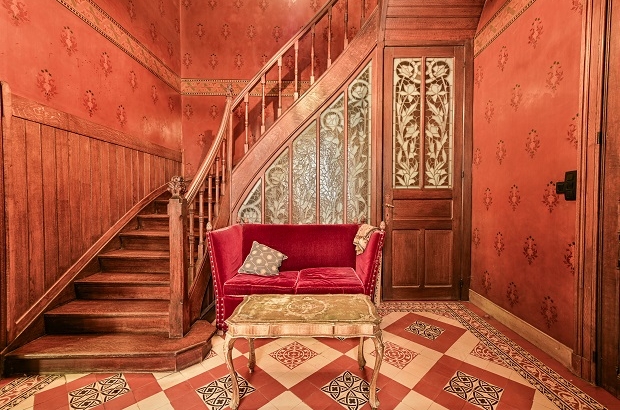- Daily & Weekly newsletters
- Buy & download The Bulletin
- Comment on our articles
Brussels Biennale of Eclectic Architecture: Second edition in October showcases over-looked movement
It’s the turn of Brussels’ lesser-known architectural heritage to becomes the star of the show at the second edition of the Brussels Biennale of Eclectic Architecture from 7 to 15 October.
Over two weekends, open-day events and activities will highlight the eclectic movement (1840-1914). Born after Belgium’s independence as a nation, it was a free and creative style that brought together art, history and innovation.
Organised by guided tour consortium Explore.Brussels, the biennale aims to offer a wide audience the opportunity to explore the architectural wave that transformed the capital.
A total of 18 buildings will exceptionally open their doors with some 15 guided tours available in up to four languages.
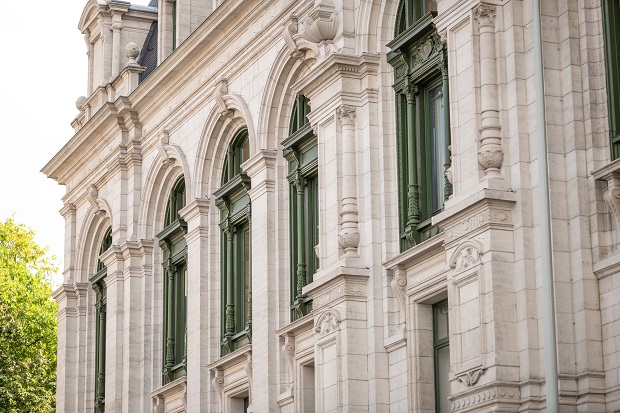
For Marion Alecian, director of urban action group ARAU, it was important to remind people during Brussels’ Year of Art Nouveau that the more famous architectural and design movement grew from the influences of eclecticism.
These included valuing uniqueness, artistic freedom, pushing boundaries and innovating via historical references, emphasised Alecian.
“We want to highlight the diversity of the architecture that was the most important movement in Brussels and other industrialised northern cities,” she continued.
The “golden age” of the eclectic movement arose from the urban explosion of industrial cities and the bourgeoisie population, characterised by the “harmony of some neighbourhoods”.
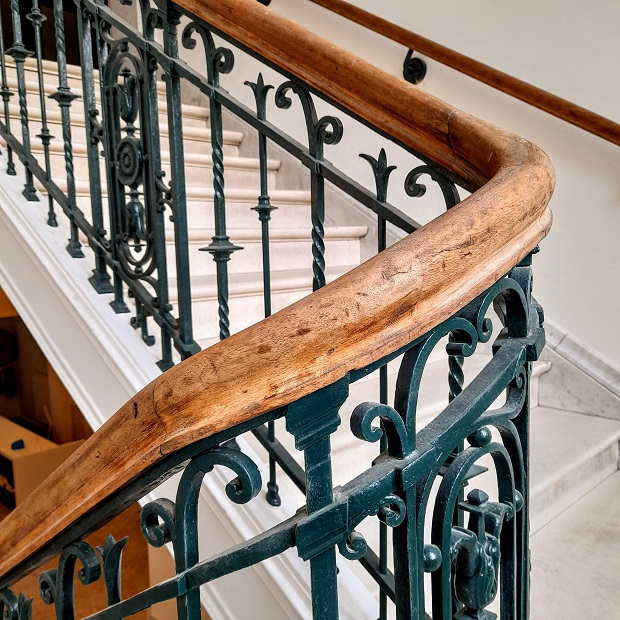
As an influence, it followed neoclassicism, the prominent architectural style in France and Italy and often combined numerous styles.
A prime example of eclecticism in Brussels is the landmark Palace of Justice building. The capital’s law courts reflected the desire to reinvent some aspects of architecture while honouring classical forms.
On a domestic scale, whole swathes of residential areas represent the eclectic wave with sturdy but stylish town houses. There was a complete diversity in the type of buildings that fall under eclecticism, from monumental public structures and schools to religious buildings and private homes.
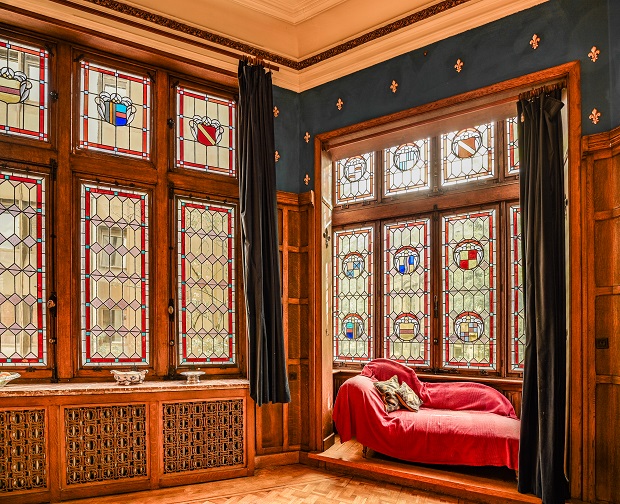
Among the heritage treasures showing off their interiors during the biennale are mansions designed by names such as Campioni (pictured main image and above), Boël and Puccini, and the former homes of architects Paul Saintenoy and Jean-Baptiste Timmermans.
Joining them are buildings designed principally according to the Flemish neo-renaissance style. They include Schaerbeek town hall and the former Ecole de Médecine véterinaire de l’Etat, as well as the Timmermans House.
Two notable addresses that in addition were commissioned by women, are Hôtel Résimont (now familiar as Prague House) and the Bertha Harmand House. Prague House in Avenue Palmerston features a sober largely neo-classicist exterior that contrasts with an interior that glides from Empire to Flemish neo-renaissance in its well-preserved decor.
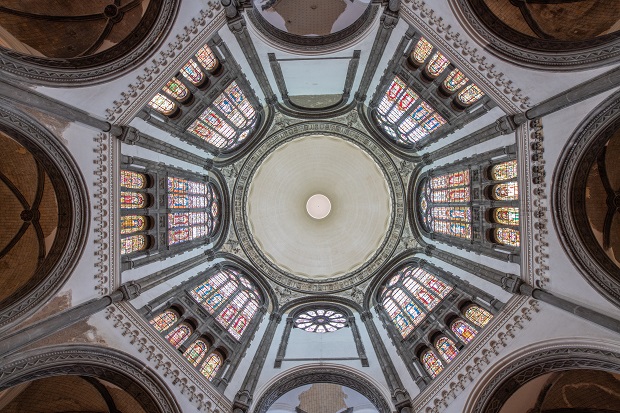
Additional family-friendly activities are hosted by the royal church of Sainte-Marie (pictured above) and the CIVA. The biennale focuses on accessibility by offering guided tours for visually and hearing impaired people at the Governor's Hotel of the National Bank of Belgium and the former Palace of the Count of Flanders. It also proposes guided tours for people with mental health difficulties.
The programme for each weekend is devoted to two different areas of the city. On 7 and 8 October, the public is invited to explore the north of Brussels (Schaerbeek, Saint-Josse-ten-Noode, Laeken and the area north of the Pentagon). Meanwhile, they can discover the municipalities of Ixelles, Saint-Gilles, Etterbeek and Anderlecht on 14 and 15 October.
Reservations for the guided tours are not obligatory, but are recommended. An online booking systems enables individuals to create their own programme with tours are priced at €12, and the cost decreasing for subsequent reservations.
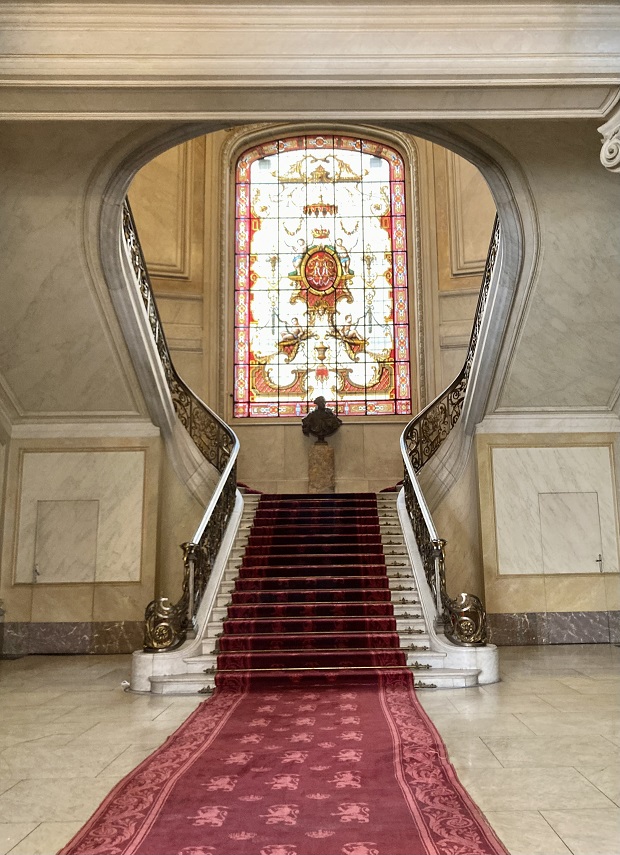
A free introductory talk at Schaerbeek town hall on 2 October by Linda Van Santoort presents the fundamental characteristics of the eclectic movement. Information and reservations at info@explore.brussels.
The Explore.Brussels network consists of four member associations (ARAU, Arkadia, Bruxelles Bavard, Pro Velo). It also organises major architectural events such as the Brussels Art Nouveau Art Deco Festival (BANAD Festival) and the Brussels Biennale-Neoclassic (BBN).
Photos: Campioni House; The Faculty. Ancienne école des vétérinaires; Campioni House; Sainte-Marie; Cour des Comptes ©Explore.Brussels












